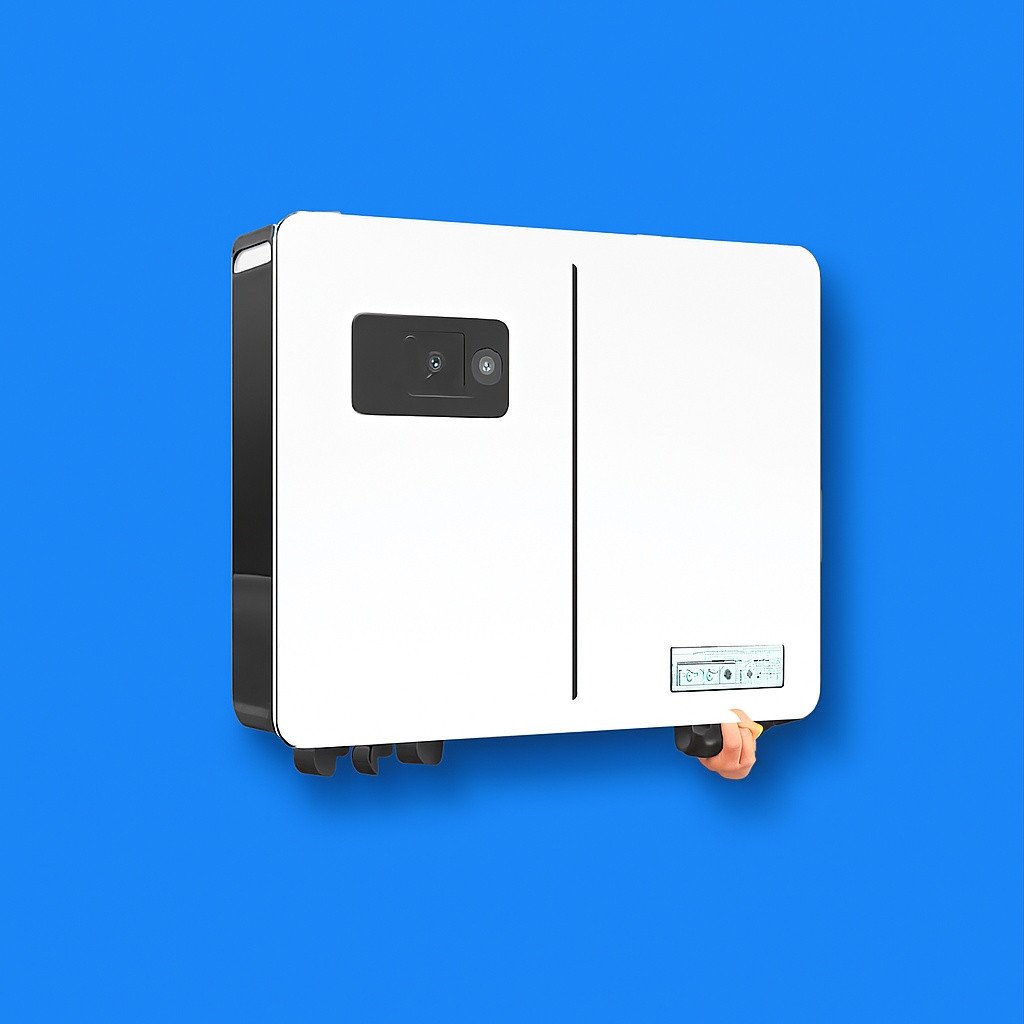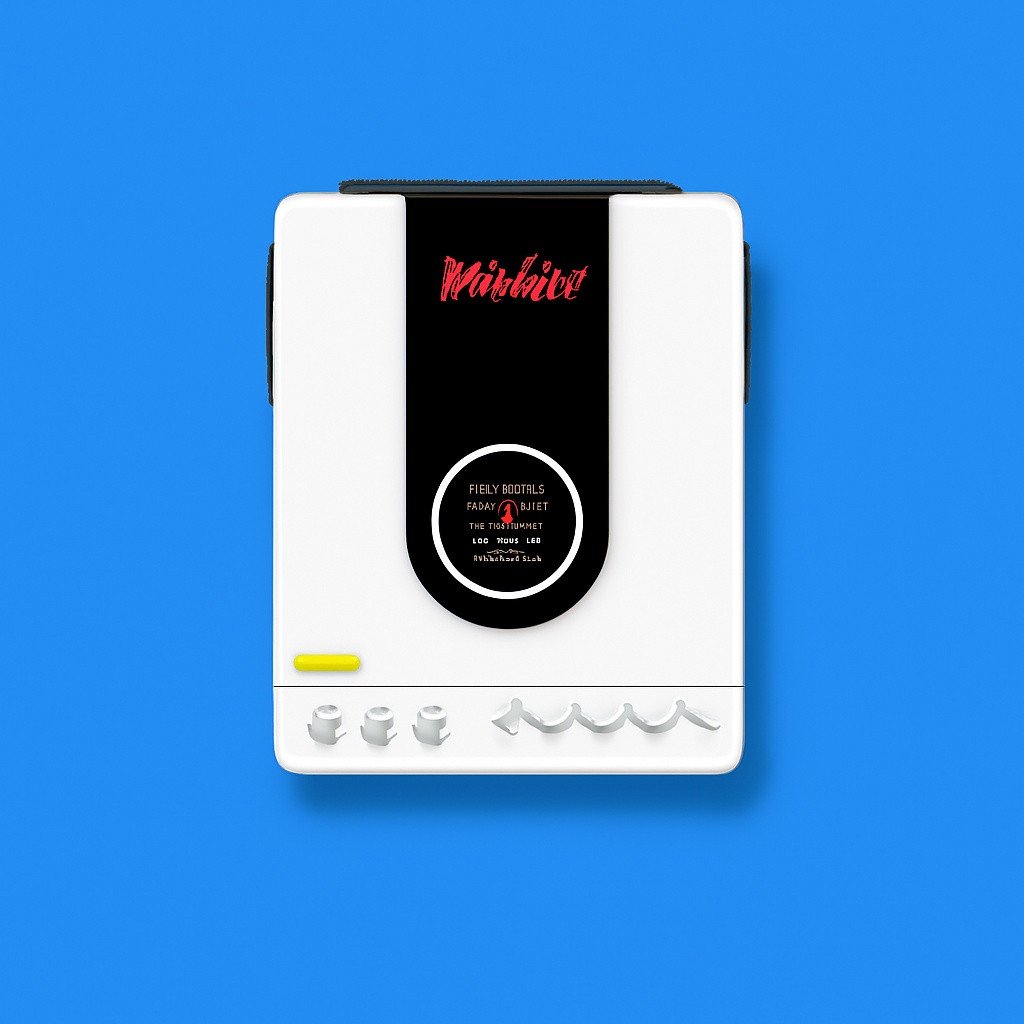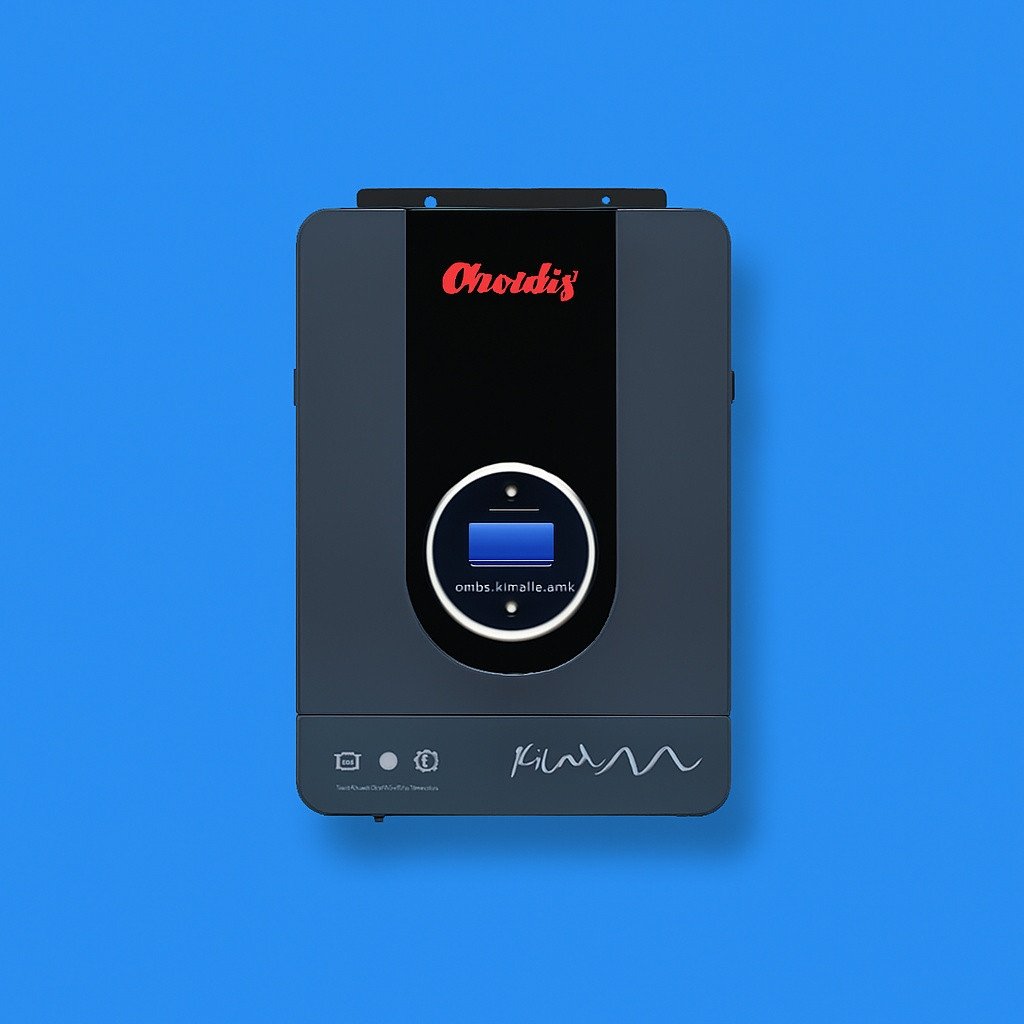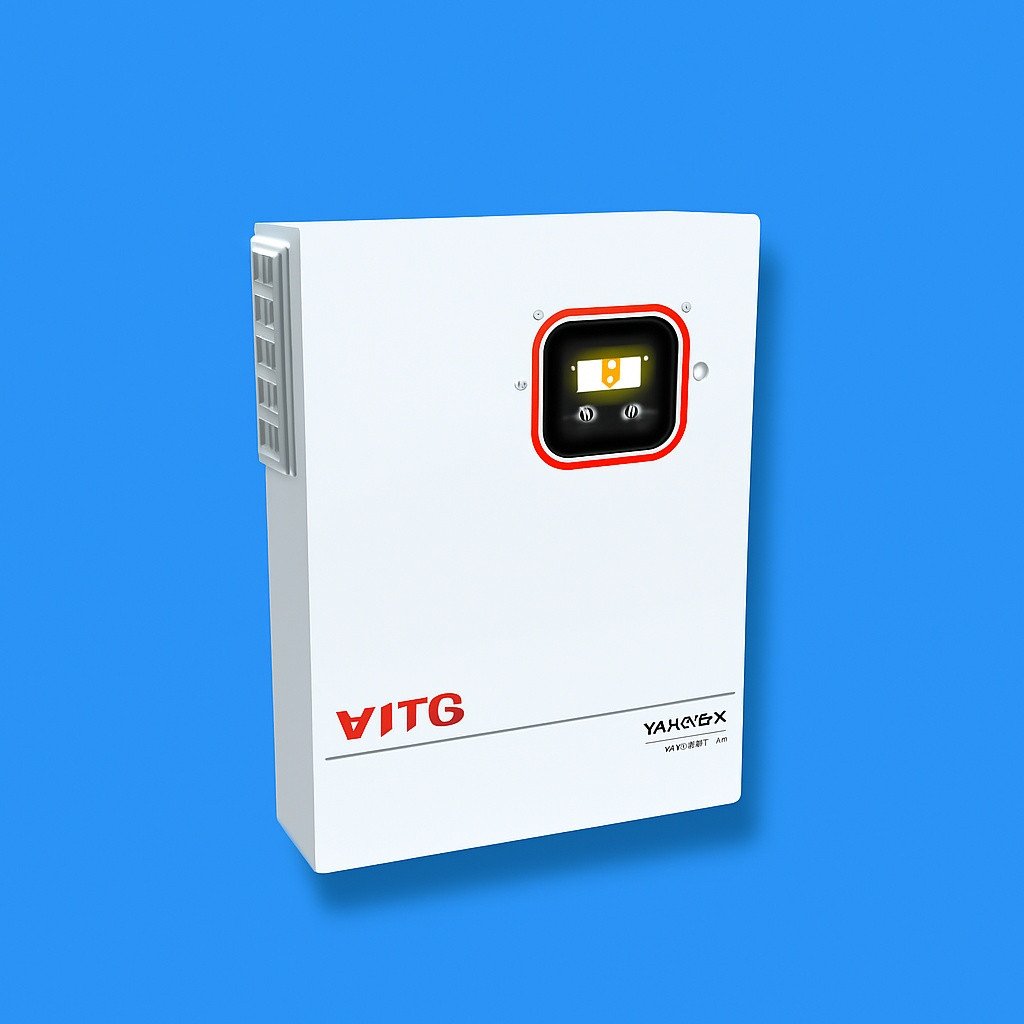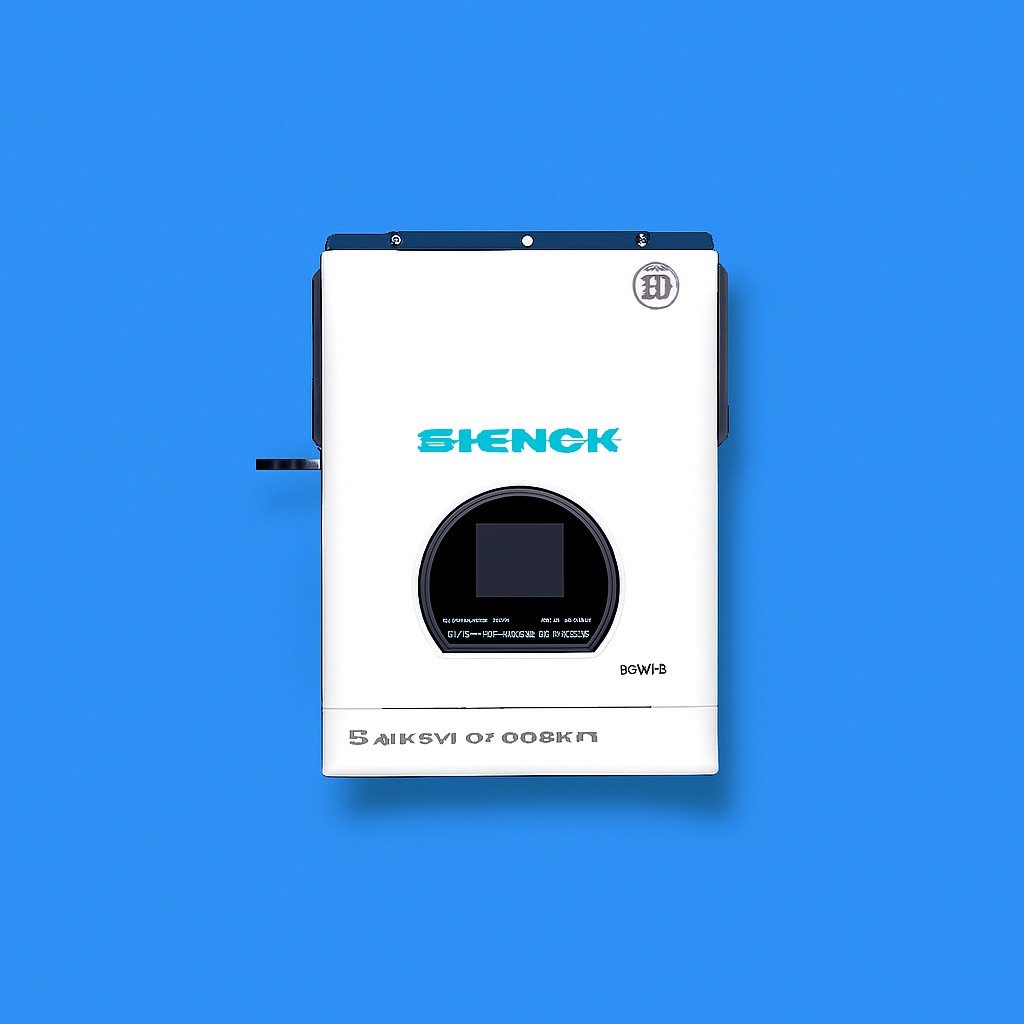
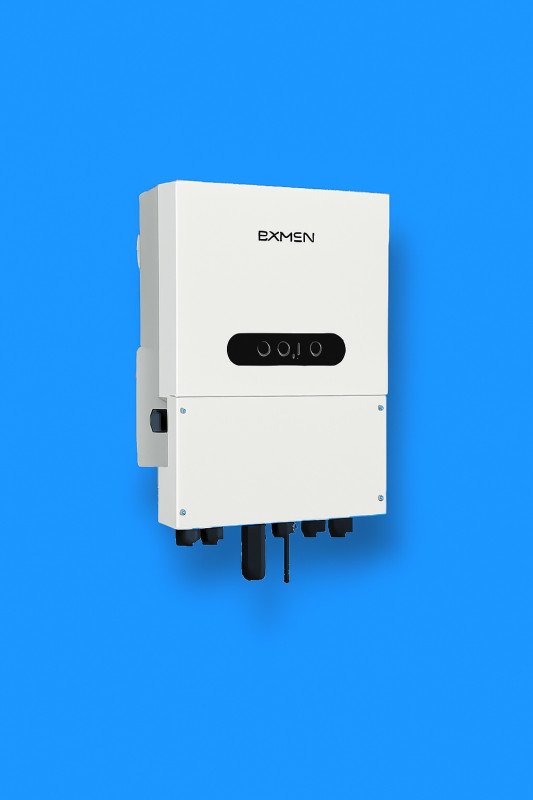


Dyness 8KVA Hybrid Inverter (Single Phase)
Inhouse product
-
IDS Rapid Battery Charger
R899.00 -
ALUMINIUM 2 PANEL SLIDING DOOR 1.5X2.1M
R2,149.00
Dyness 8KVA Hybrid Inverter (Single Phase)
Only an internet transaction! Can be ordered for pickup in-store.
Wifi and the Dyness 8kW Single Phase LV Hybrid Inverter
The DYNE 5. 0/6. 0/8. 0L1PA series is made for household hybrid systems. When there is not enough solar energy to meet demand, the inverter can function with the Dyness low-voltage lithium-ion battery DL5. 0X/DL5. 0C/ Powerbox Pro to optimize self-consumption and offer backup power in the event of a grid failure.
Product Attributes:
- Automatic generator On/Off control and generator connection using a variety of input methods
- Automatic UPS switching (less than 4ms)
- Supports top shaving control in both the "selfuse" and "generator" modes.
- Maximum charge/discharge current of 135A(5. 0/6. 0K) and 190A(8. 0K).
- There are six configurable charge/discharge time options.
- 10-second 200% surge power backup overload capacity
- Allows for flexible 1ph and 3ph connections with a maximum of 36kW (5. 0/6. 0K) and 48kW (8. 0K) in parallel.
Specifications:
- DC Input (PV side):
- Suggested maximum PV output: 12. 8 kW
- Maximum input voltage: 600 V
- Rated voltage: 300 V
- Initial voltage: 90 to 520 V
- Maximum input current: 32A/20A
- Maximum short circuit current: 36A/30A
The battery:
- Lithium ion is the kind of battery.
- Maximum charging/discharging capacity: 8 kW
- Maximum current for charge and discharge: 190 amps
- AC output (grid side):
- Rated power output: 8 kW
- Max. output current: 40 A
- Maximum input current: 50 amps
In general
- Dimensions (WHD): 405560215 mm
- Weight: 27 kg
- IP66 ingress protection
A 5-year warranty
Warranties: A certified electrical wireman or Master electrician with a current registration with the Department of Labour must install all inverters and batteries. After installation, the installation of the backup or solar system must be covered by a legitimate electrical certificate of compliance (COC). The installation must adhere to every component of SANS 10142. An installation image, a legitimate COC, and confirmation that a certified wireman or master electrician installed the device are all necessary for a warranty claim to be accepted; if these requirements are not met, the claim may be denied and the warranty claim rendered null and void.







